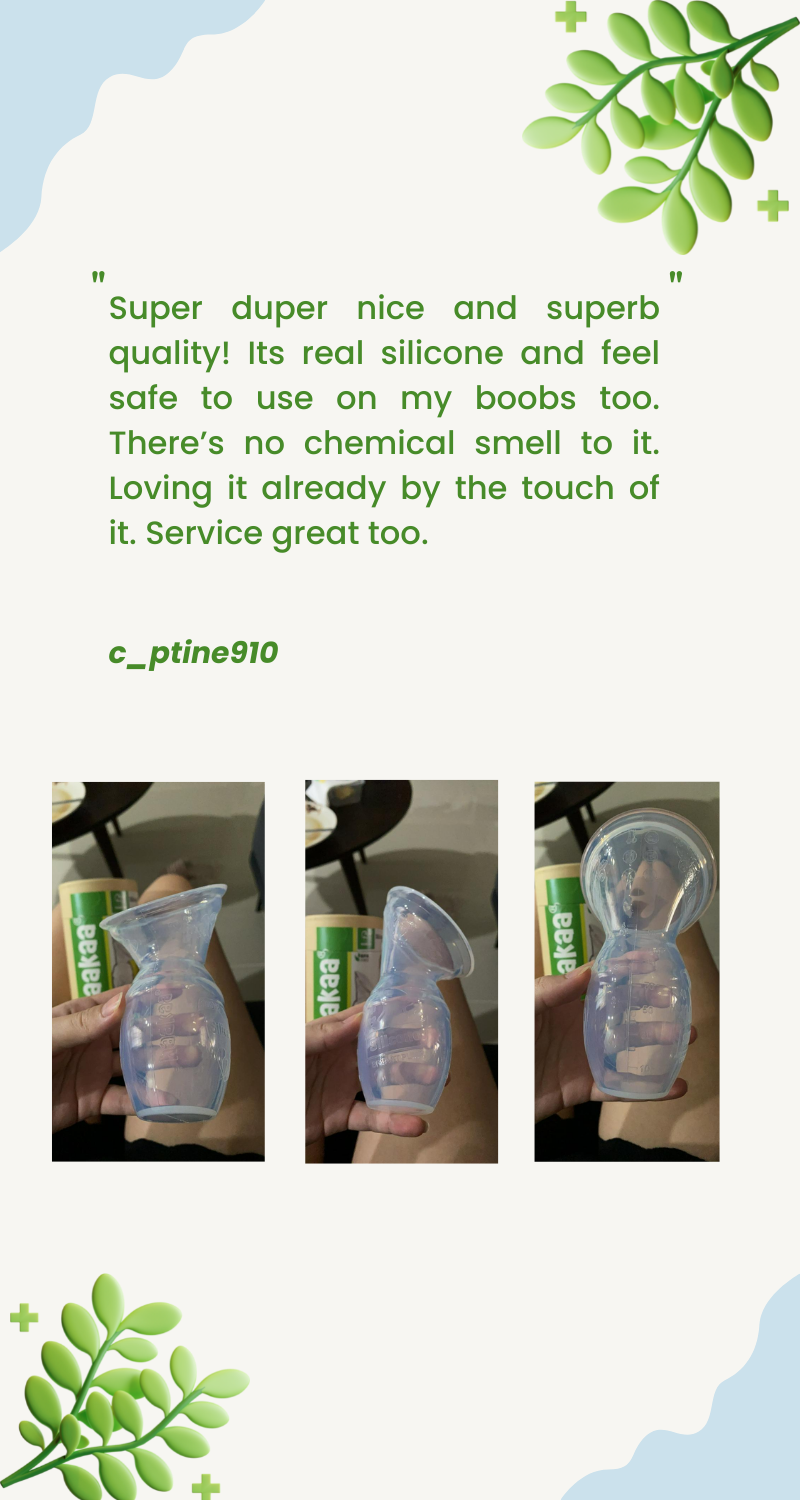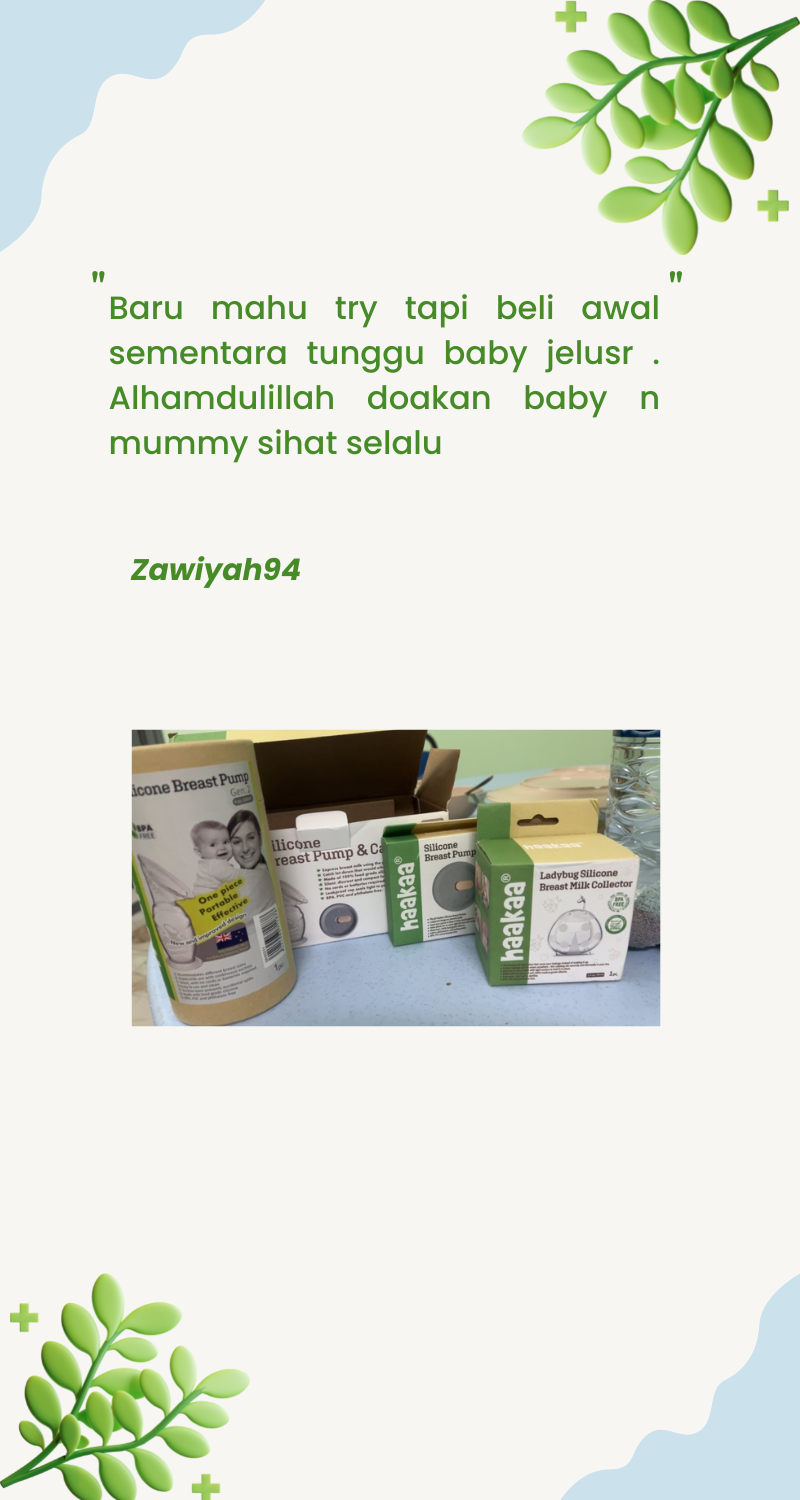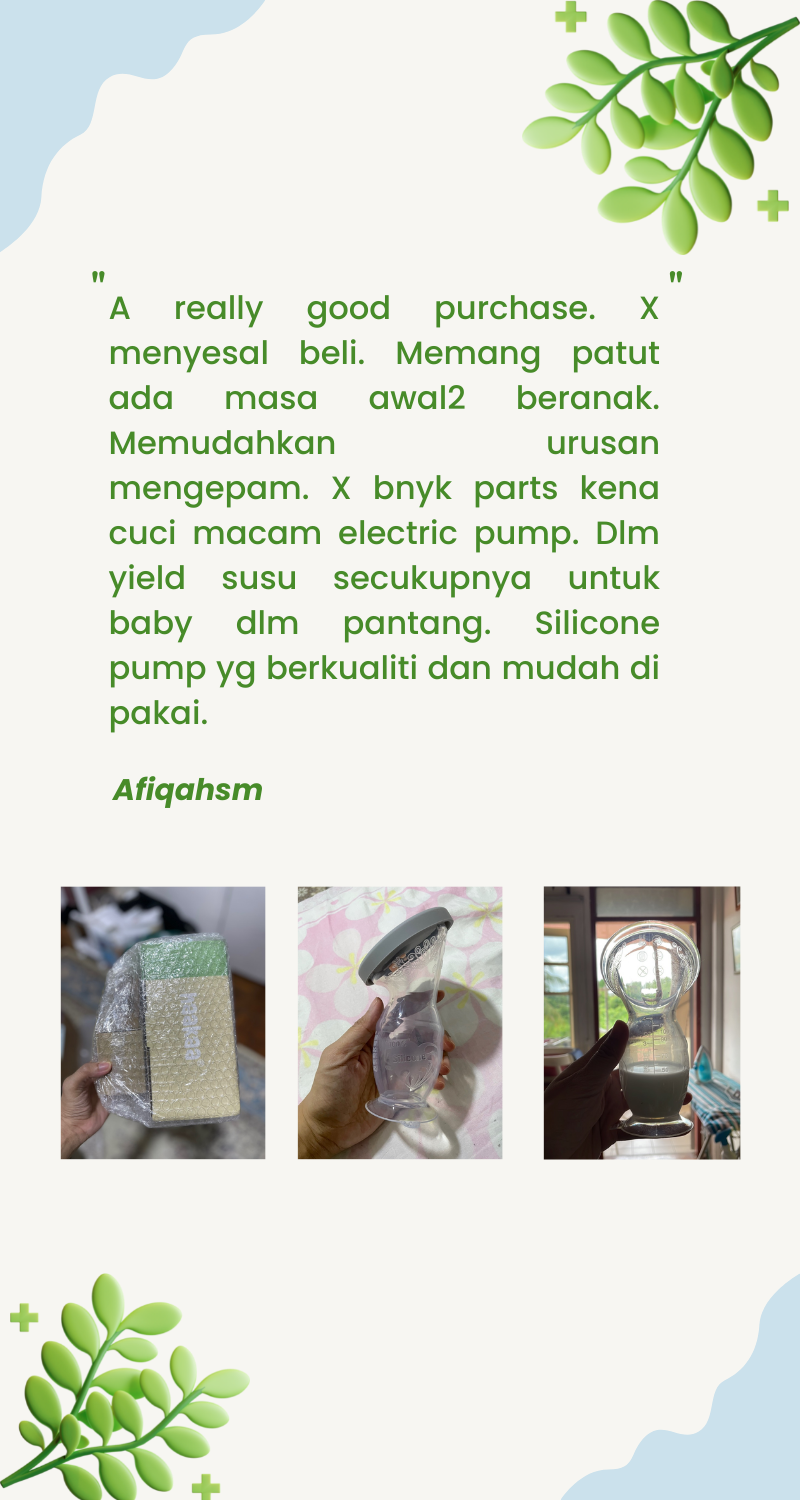For many mothers, storing expressed breast milk is a lifesaver. It preserves milk's beneficial properties and allows mothers to feed their babies their own milk, whether it's as they're learning the art of breastfeeding together or building up a stash to save time and effort in the future. It's also convenient when you know you're going to be away from your baby physically for one of their feedings and need someone else to take over!
While storing breast milk offers many conveniences, it's essential to ensure that you are doing it safely and hygienically. Sour or improperly stored breast milk could make your baby sick, which is the last thing we would want to do to our precious little ones! That's why at Haakaa, we've written this guide to help you safely store your liquid gold and make your motherhood journey more manageable.
How do I store my breastmilk, and how long will it keep?
You can keep your breast milk at room temperature for up to 4 hours, but it will last even longer in cold environments. In the fridge, it can last for up to four days. It is best to keep it at the back of your refrigerator where the temperature is the coldest. You should not add fresh breast milk to cold expressed milk when you want to store them together – instead, wait until it has cooled to the same temperature. The amount of time it can be stored safely should be based only on the date the oldest milk was expressed.
TOP TIP: Our Silicone Milk Storage Bags are the perfect sustainable option for safely storing your breast milk! They're 100% food grade silicone, which means no plastic nasties ever coming in contact with your precious liquid gold. They're super easy to store (either standing up or laying down flat), fridge, freeze and heat-safe and can be reused over and over again, making them kinder to the environment as well (especially when compared to single-use plastic milk storage bags). Remember to label each new batch with the current date, so you know when to use them by.

Breast milk can also be frozen. You can keep it in a freezer box for 2 weeks, or in a separate door freezer for 2-6 months. You can even put it in the deep freeze for up to a year! Your milk may separate into layers when frozen, but once thawed, it will mix together again.
When you plan on freezing breast milk, you should make sure to do so as soon as possible after expressing. Be sure to have clean hands and clean containers to prevent hygiene issues from causing any health risks to your baby.
There are many options as to which containers you may use to freeze your breast milk. You can use milk storage bags, silicone containers or if you'd like a harder container, use glass. Just be careful about the type of glass you use as some can shatter or break when exposed to frigid temperatures – so make sure they are freezer-safe first!
TOP TIP: Our Gen. 3 Glass Bottles with Sealing Disk are the perfect sturdy storage option. They're made with resilient borosilicate glass, which is exceptionally temperature-resistant and durable. The best part is that you can feed straight from the container after heating your milk, simply by switching the top to one of our Gen. 3 Silicone Bottle Nipples!

Remember to leave a gap at the top of each container or bag you're using to store your milk, as it will expand during the freezing process. Finally, remember to label each lot of breast milk with the date it was expressed so that you know when it's still safe to use and when it's not.
It's super easy to use our Baby Food and Breast Milk Freezer Tray to freeze your milk in a super safe way. Our 100% food grade silicone ensures no harmful chemicals will leach into your liquid gold and it's easy to get your frozen cubes out with a quick twist of the tray! You can also continue using our freezer trays to make healthy, icy treats for your child once they have started solids.
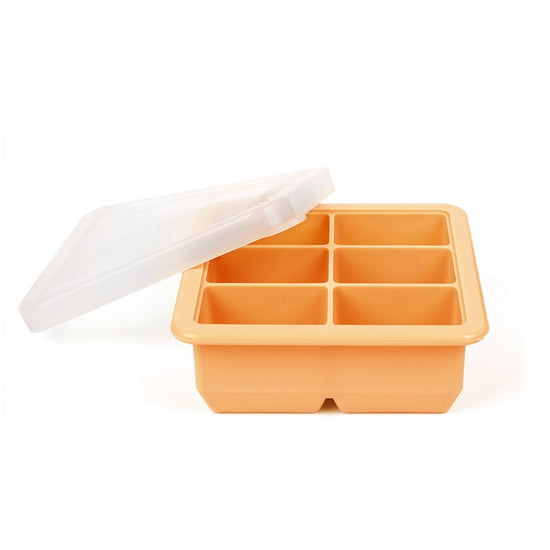
When storing your frozen breast milk, keep it at the back of the freezer where the temperature is most consistent to make sure it stays cold. Don't leave it in the door, which is the area most likely to be affected by changes in temperature from the freezer being opened. Also, if you have a self-defrosting freezer, make sure it stays away from the walls.

How do I warm refrigerated breast milk?
To warm breast milk from the fridge, pour it into the bottle you will be using to feed your child and place the bottle in a cup, jug or bowl of warm water to bring it up to body temperature. You can test if it is too hot by squeezing a few drops onto the inside of your wrist.
You can also use a bottle warmer to warm breast milk.
How do I thaw frozen breast milk?
To defrost frozen breast milk, keep it in the fridge or place it in a container of warm water until it thaws. You should not defrost frozen breast milk at room temperature as this can breed bacteria! Once thawed, previously frozen breast milk can be kept at room temperature for a maximum of two hours, or in the refrigerator for up to 24 hours. It cannot be refrozen after being thawed.
When getting ready to use the thawed milk for feeding, bring the milk in its container up to body temperature first. This can be done by placing it in warm water for around 20 minutes. You should not use a microwave to heat breast milk as it can overheat and destroy the important beneficial properties of your liquid gold! It can also heat your milk unevenly and potentially scald your child's tiny mouth, making it unsafe. You can test the milk's temperature by shaking a few drops onto the inside of your wrist. Once warmed, use breast milk immediately and throw away any leftovers. It's not safe to reheat or refreeze.
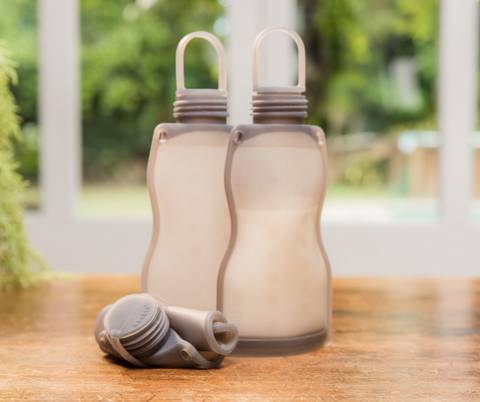
Now that you know how to store and reheat breast milk for your little bub safely, you can enjoy the full benefits and time saved by having a stash of breast milk for later days. Being a mother is tough enough as it is, so if there's any way or opportunity to make things easier, don't be afraid to take it! All the best and happy pumping, mamas!





